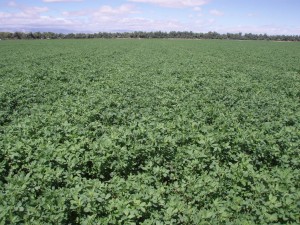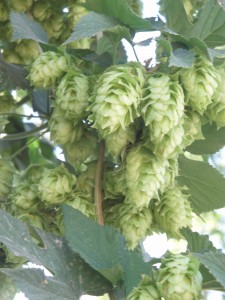Drip Crop Irrigation on Alfalfa
 When Bob Thomas and his son Rob began farming in the Imperial Valley six years ago, they quickly recognized that there must be a better way to irrigate their alfalfa. They soon discovered that cutting-edge growers were successfully using drip irrigation instead of sprinklers or gravity irrigation. After diligent research, they installed their first 116 acres with Toro’s Aqua-Traxx® drip tape in September of 2009, and have experienced significant benefits since then.
When Bob Thomas and his son Rob began farming in the Imperial Valley six years ago, they quickly recognized that there must be a better way to irrigate their alfalfa. They soon discovered that cutting-edge growers were successfully using drip irrigation instead of sprinklers or gravity irrigation. After diligent research, they installed their first 116 acres with Toro’s Aqua-Traxx® drip tape in September of 2009, and have experienced significant benefits since then.

 The benefits of drip irrigation are easy to see at Weilmunster Farms in Parma, Idaho. After adopting drip technology, the farm increased its hops yields by 400 pounds per acre, which translated into increased revenues of $800 to $1,600 per acre.
The benefits of drip irrigation are easy to see at Weilmunster Farms in Parma, Idaho. After adopting drip technology, the farm increased its hops yields by 400 pounds per acre, which translated into increased revenues of $800 to $1,600 per acre.